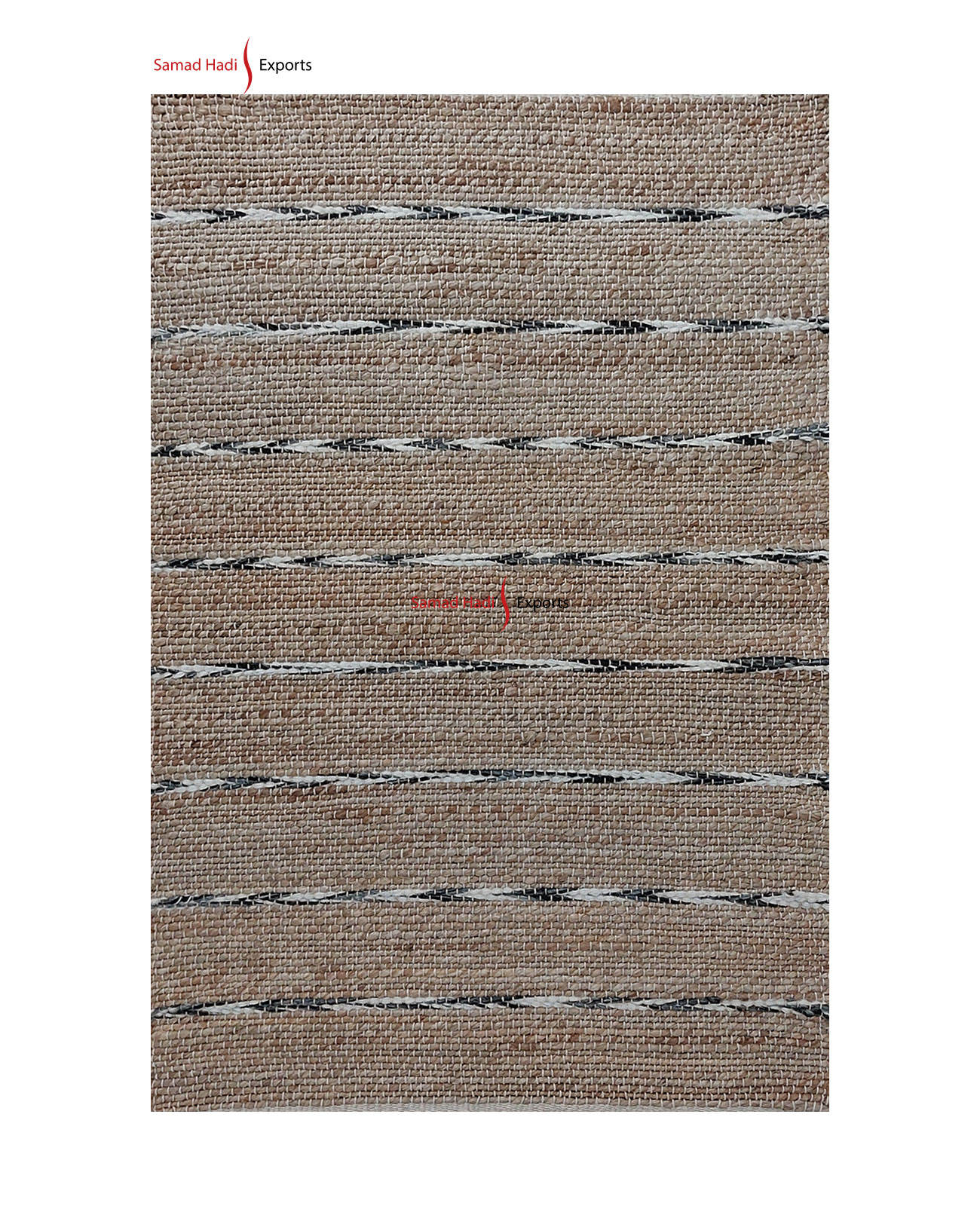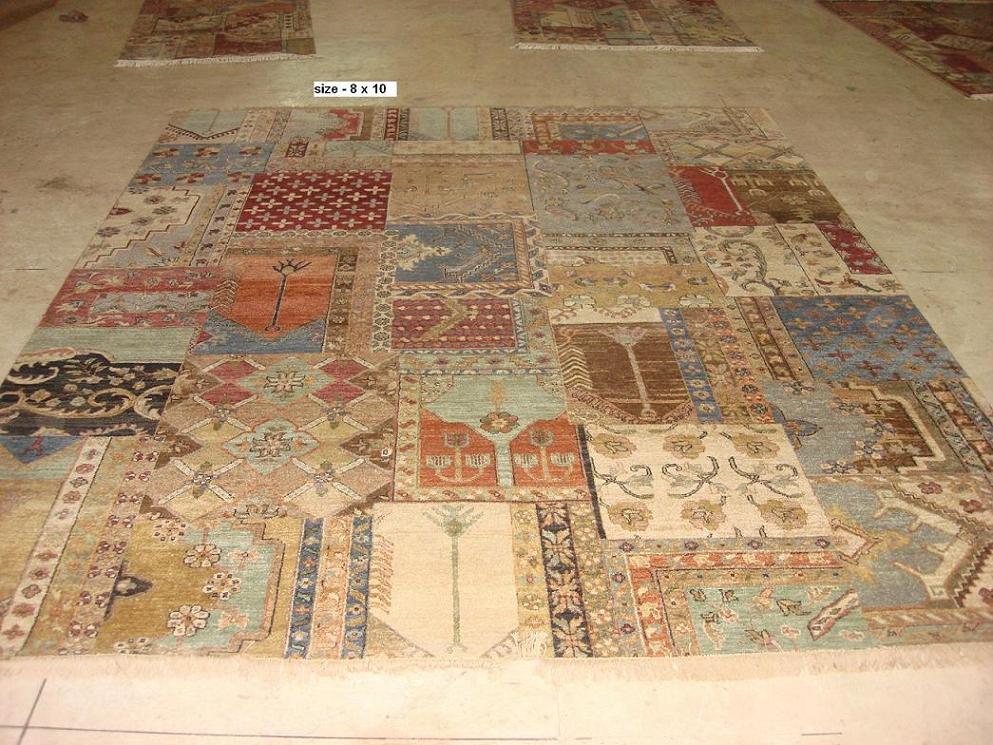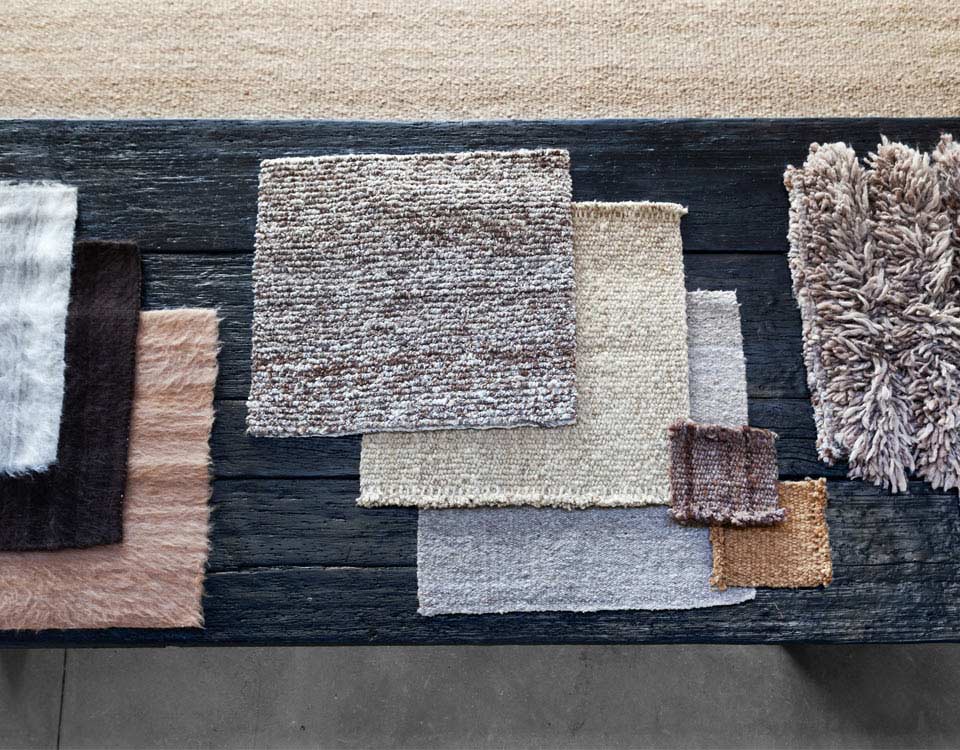The Art of Creating Handmade Wool Carpets
The art of creating handmade wool carpets involves a complex and skilled craftsmanship that dates back over 5,000 years. These unique works of art are made by skilled craftspeople, who use traditional techniques and modern designs to create beautiful and functional pieces. The process starts with the selection of high-quality wool, which is then dyed using natural dyes and allowed to dry. The wool is then ready to be woven into a carpet using a loom. This process can take weeks or even months, depending on the size and complexity of the design. Finally, the carpet is finished and ready to be enjoyed for many years to come.
Handmade wool carpets have long been a symbol of both beauty and practicality, offering a unique combination of softness underfoot, durability, and cultural significance. These carpets, which can be traced back thousands of years, have been passed down through generations, each one telling a story about the craftsmanship and creativity of the artist.
Today, handmade wool carpets continue to be a popular choice for both home and business owners, offering a range of benefits that machine-made alternatives simply cannot match. Let’s take a closer look at the art of creating handmade wool carpets.
The first step in creating a handmade wool carpet is to select the right type of wool. Different breeds of sheep produce different qualities of wool, each with its own unique characteristics. For example, Merino wool is known for its fine, soft fibers, while Navajo-Churro wool is prized for its longer, stronger fibers. The choice of wool can greatly affect the finished product’s appearance, texture, and durability.
Once the wool is selected, it must be processed and prepared for weaving. This involves cleaning the wool to remove any impurities, sorting it by color and quality, and sometimes even dyeing it to achieve the desired color. Each of these steps requires careful attention to detail, ensuring that the final product is of the highest quality.

The next phase is the actual weaving process. This is where the artist’s true creativity comes into play, as they use traditional or modern patterns to create a design that is both visually appealing and functional. The weaver must also take into account the use of the carpet, such as whether it will be walked on or used for decoration only, to ensure that it is strong enough to withstand regular use.
After the carpet is woven, it often needs to be finished. This may involve trimming the edges, adding fringing, or applying other decorative elements. These finishing touches are what truly set handmade wool carpets apart from their machine-made counterparts, giving them that extra touch of elegance and uniqueness.

Finally, the carpet needs to be cleaned and prepared for its final destination. This involves removing any remaining impurities, blocking it to its final shape, and sometimes even applying a protective treatment to enhance its durability. Each of these steps is crucial in ensuring that the handmade wool carpet not only looks great but will also last for many years to come.
In conclusion, handmade wool carpets are not just functional items; they are true works of art. They combine centuries-old craftsmanship with modern design elements, creating something truly special that can be passed down through generations. By taking the time to create each carpet individually, weavers ensure that each one is a unique expression of their creativity and skill.

Whether you choose to use a handmade wool carpet in your home, business, or as a gift for someone special, you can be sure that it will bring a touch of elegance and uniqueness to any space. So why not consider investing in a handmade wool carpet today, and let it become a treasured part of your life?
Articles related to the knowledge points of this article:
Title: The Perfect Length of a Tie: A Comprehensive Guide
Title: Matching a Gray Suit with a Tie
Title: The State of the Art in the Down Jacket Industry
The beauty of white duck down jackets
Title: The Art of Pairing a Pink Shirt with a Tie: A Guide to Creating the Perfect Look



